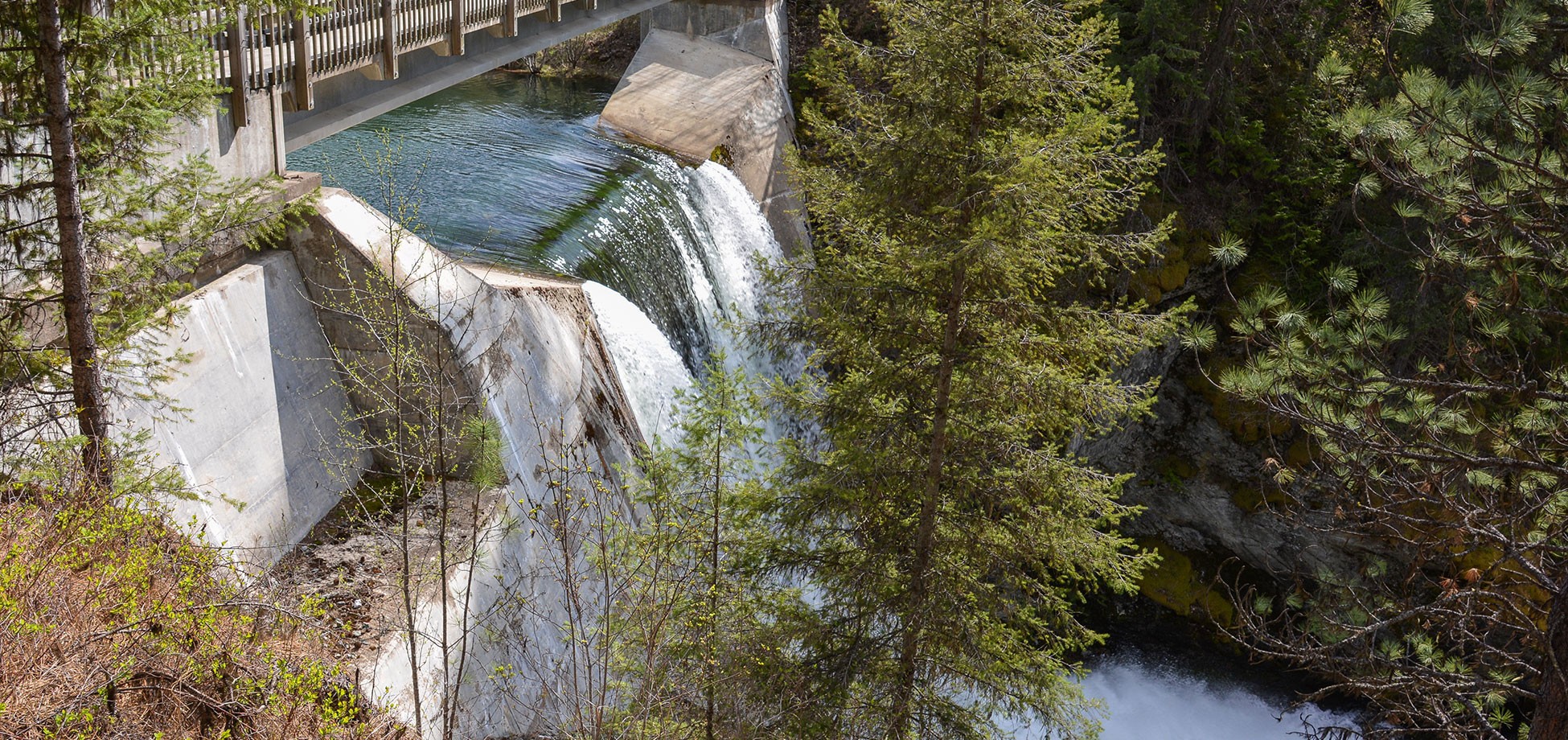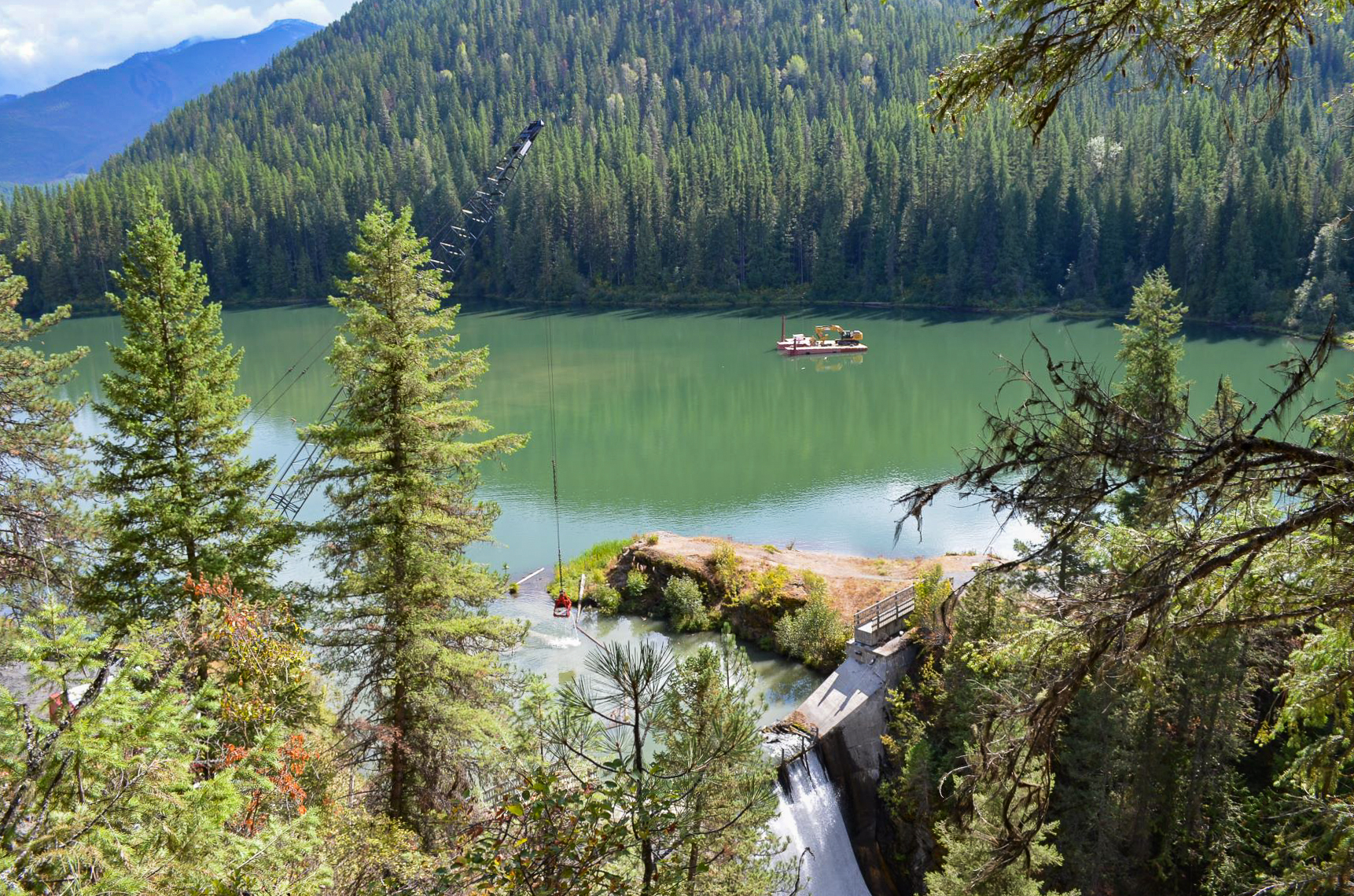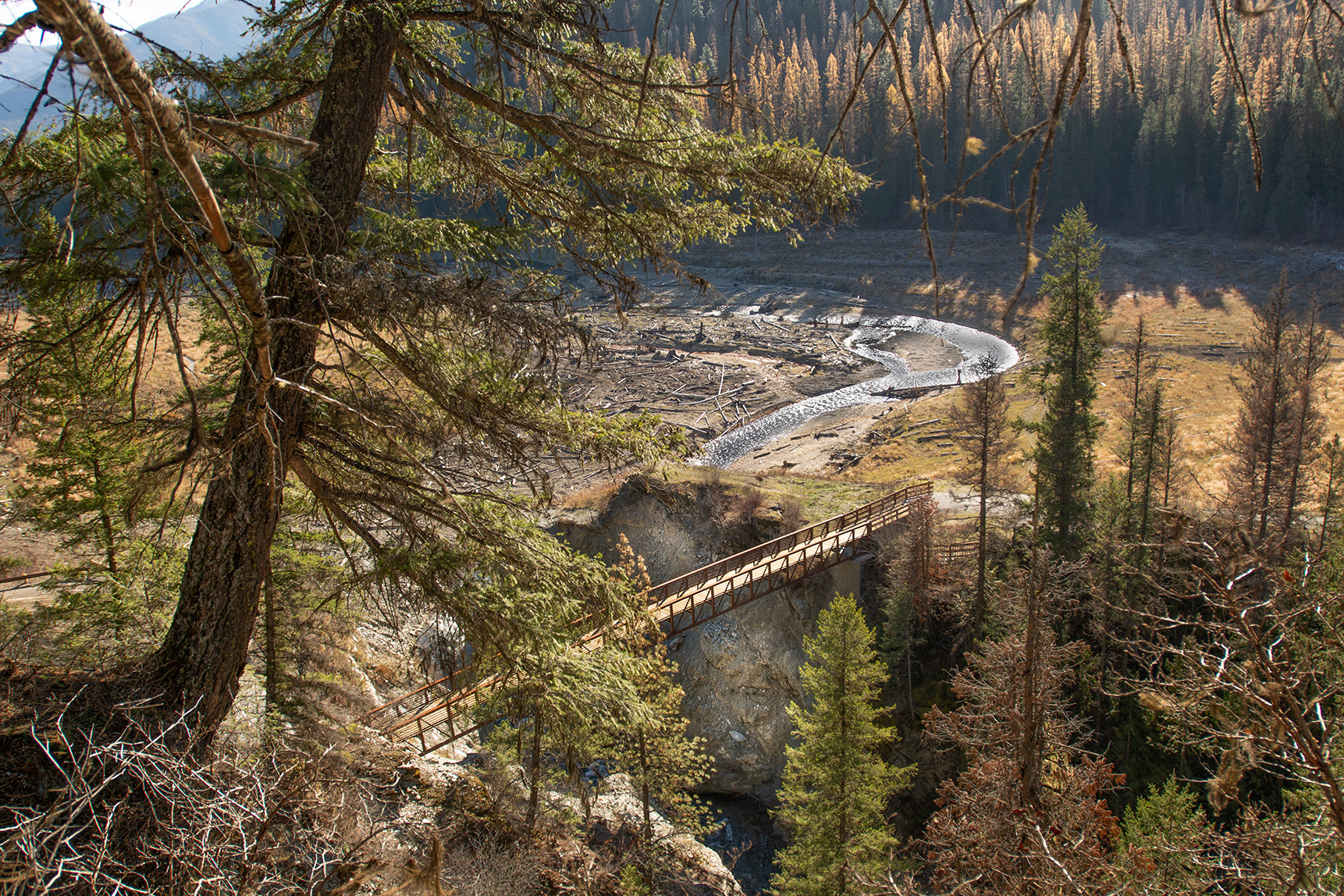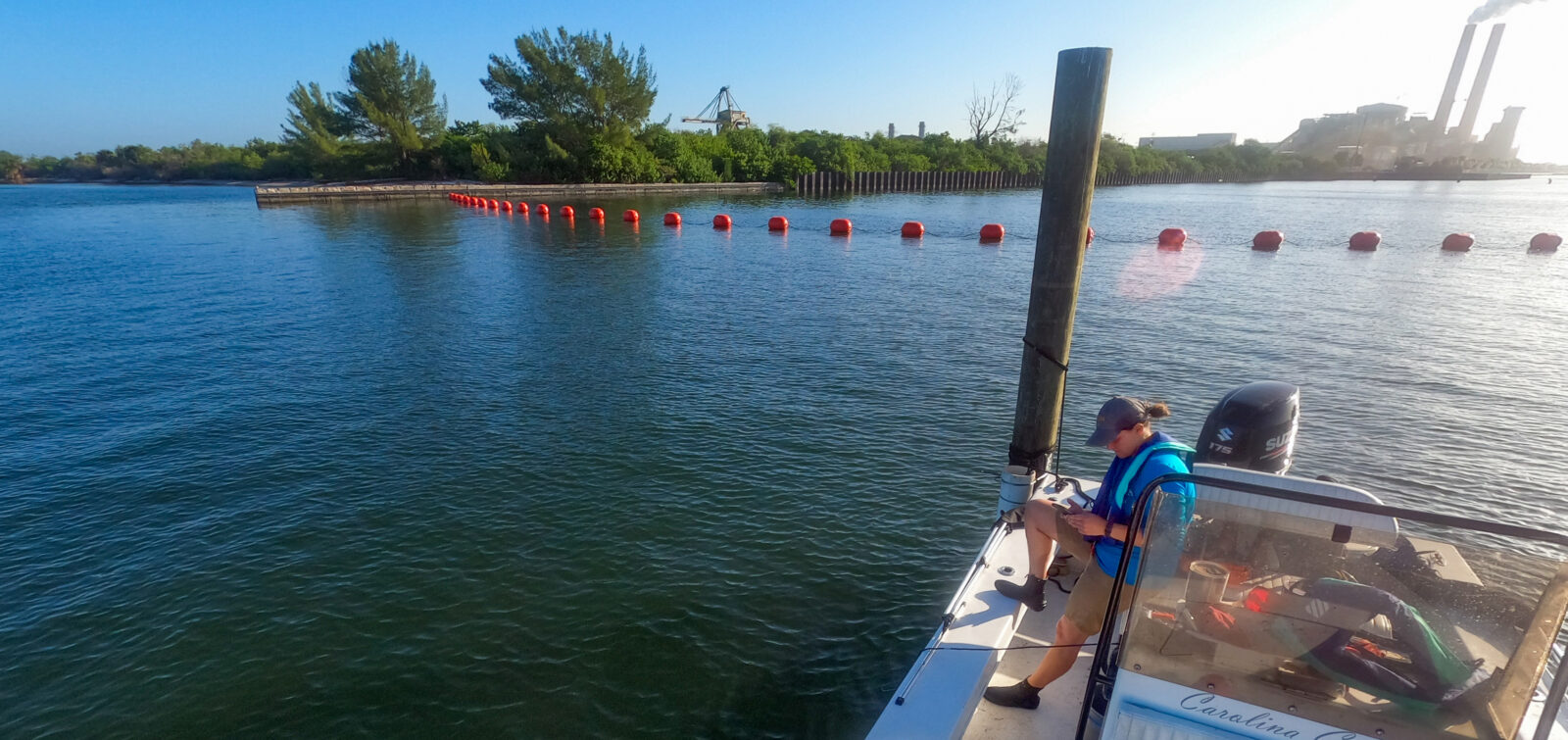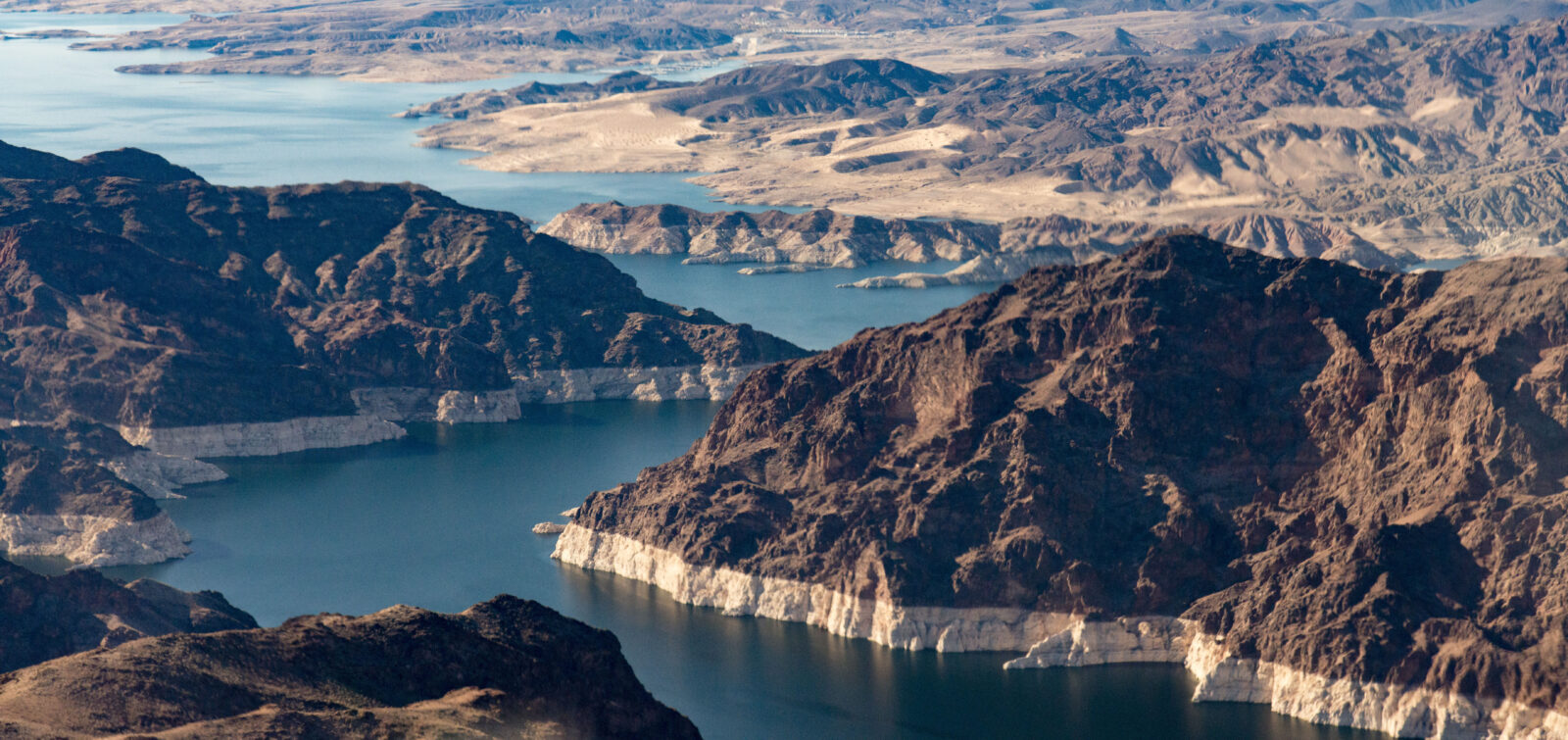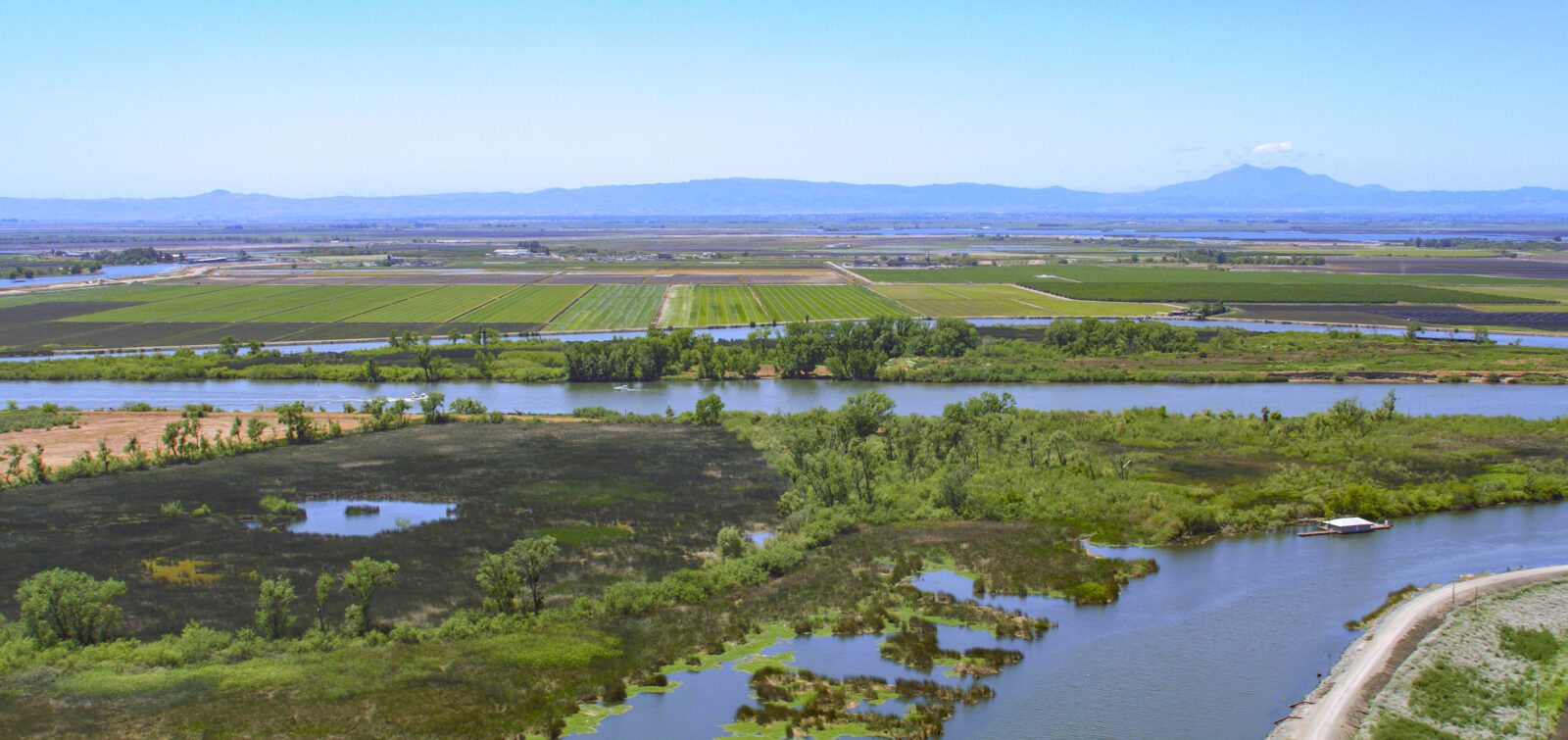There are more than 90,000 dams in the United States—and more than 3,000 of them are located in California, Oregon, and Washington. Many of them were constructed during the twentieth century as freshwater storage systems in the arid and drought-prone regions, providing dependable and year-round water supply for residential communities and farming. Some of these dams were designed to be single-purpose (e.g., freshwater storage only), while others provided multiple benefits that include flood protection, electrical power generation, and recreation.
However, decades later, as many of these dams are reaching the end of their design life (where two-thirds of California’s are at least 50 years old), it’s essential to understand the full impacts of these modern structures on humans and the environment. These dams were constructed during a time when assumptions about hydrology and seismic risk were not as accurate and climate change was not yet considered a serious problem. Today, we see how dams have substantially altered natural ecosystems and obstructed fish passage, resulting in direct effects on the natural environment as well as disruption of Indigenous cultural, spiritual, and health practices.
The Infrastructure Investment and Jobs Act (IIJA) has earmarked $3 billion for dam improvements nationally. Dam owners and operators are faced with the opportunity and the challenge of addressing aging dam infrastructure in ways that achieve their goals, while considering the best outcomes for people, the natural environment, and the cultural landscape. There is great opportunity for more dynamic management of these facilities.
Dam Removal
For some dams nearing the end of their design life, complete removal may be the most economical and environmentally beneficial option. The Mill Pond Dam in Northeastern Washington was removed as part of Seattle City Light’s Federal Energy Regulatory Commission relicensing requirements for the Boundary Hydroelectric Project. Removal of the 55-foot-high dam allowed the natural riverine ecosystem structure and functions to be restored. In addition to providing all regulatory compliance, ESA helped restore the former reservoir footprint, identifying rare plants, wetland areas, and streams to help restore the area back to how it might have been prior to when the dam was built over a hundred years ago.
A before and after view of the Mill Pond Dam removal. The project was completed at the end of 2019.
Sediment Flow Studies and Monitoring
A major consideration when undertaking a dam’s removal is the effect of sediment flow. Rivers and creeks naturally bring sediment—cobbles, stone, and dirt—downstream, which, when left alone, plays an essential role in creating habitat for fish and other species in a river ecosystem. When a dam is put into place, the sediment flow stops completely. “Now if you pull the dam out,” says ESA engineer Sky Miller, “you reinstate the physics and the capability to move that sediment, so you need to figure out how that’s going to happen.”
Reinstating natural sediment flow allows downstream habitats to reestablish, which is one of the main habitat restoration drivers for the Searsville Watershed Restoration. By creating a tunnel at the base of Searsville Dam, the project will flush out sediment that has become so extensive the reservoir has lost 90 percent of its storage capacity. As the environmental compliance consultant for CEQA, NEPA, and permitting services, ESA is currently providing in-depth studies to monitor sediment changes upstream and downstream from the dam.
Fish Passage
Increased flow of water also improves fish passage, which is important to West Coast residents, particularly Indigenous communities. Removing or retrofitting dams to restore fish passage upstream can be incredibly beneficial to imperiled native fish populations, especially salmon and steelhead.

Even removing a small dam can make a big difference for fish habitat, like Napa County’s Milliken Creek dam removal project, which increased upstream steelhead trout passage through the Napa River tributary. After the dam removal, the creek bed was reconstructed to emulate natural conditions that provide fish spawning habitat.
ESA’s biologists, environmental restoration specialists, geomorphologists, and engineers worked together to develop designs that considered each of their objectives.
New and Existing Dam Improvements
For dams considered crucial for water supply, river restoration can be implemented to offset some of the detrimental effects to native fish. Many rivers have been degraded downstream of large dams due to reduced water supply and sediment movement. ESA has designed river restorations that replenish spawning gravels and reconnect the floodplain downstream of major dams on numerous Central Valley rivers in California, including the Yuba, Merced, Tuolumne, and Stanislaus. These enhancement projects are designed to work in tandem with ongoing dam operations and reduce their impacts.
Flood Management and Flood Storage
Dam operators and owners understand that the combination of aging dam infrastructure and climate change requires new approaches and more holistic considerations for providing flood management. Fluvial geomorphologist, Eric Ginney, reflecting on ESA’s multi-disciplinary teams and level of care says, “We understand the interlocking drivers and pressure points that challenge flood managers and dam operators in the age of climate change and we offer integrated, multi-benefit solutions.” Our team works with clients and stakeholders to create solutions that consider the potential environmental, cultural, and community impacts.

“We understand the interlocking drivers and pressure points that challenge flood managers and dam operators in the age of climate change and we offer integrated, multi-benefit solutions.”
Eric Ginney, Fluvial Geomorphologist
Increased Storage Needs
To address the effects of climate change and population growth on current and future water supply, raising the height of an existing dam may be the least impactful way to increase water storage capacity. Meredith Parkin, senior program manager, sees a lot of opportunity in raising dams. “It takes advantage of infrastructure we already have,” she says. “You’re not always taking a virgin area; rather you’re trying to take something and make it slightly bigger which has less environmental impact than putting in new dams.”
The permitting process for raising or putting in a new dam can be extremely complex. ESA understands the complexities and the many regulatory requirements and processes for approval to be able to navigate efficiently. We’ve successfully done this for Los Vaqueros Dam in Contra Costa County, where the dam was first raised in 2012 from 100,000 acre-feet (AF) to 160,000 AF, and is currently planning a second raising to increase storage to 275,000 AF. ESA has assisted Contra Cost Water District with evaluating multiple configurations of the dam, and bringing in cost-benefit analyses that considered the water supply goals and permitting requirements. It also has the added value of preserving the area for recreation, which is a huge value to the community.
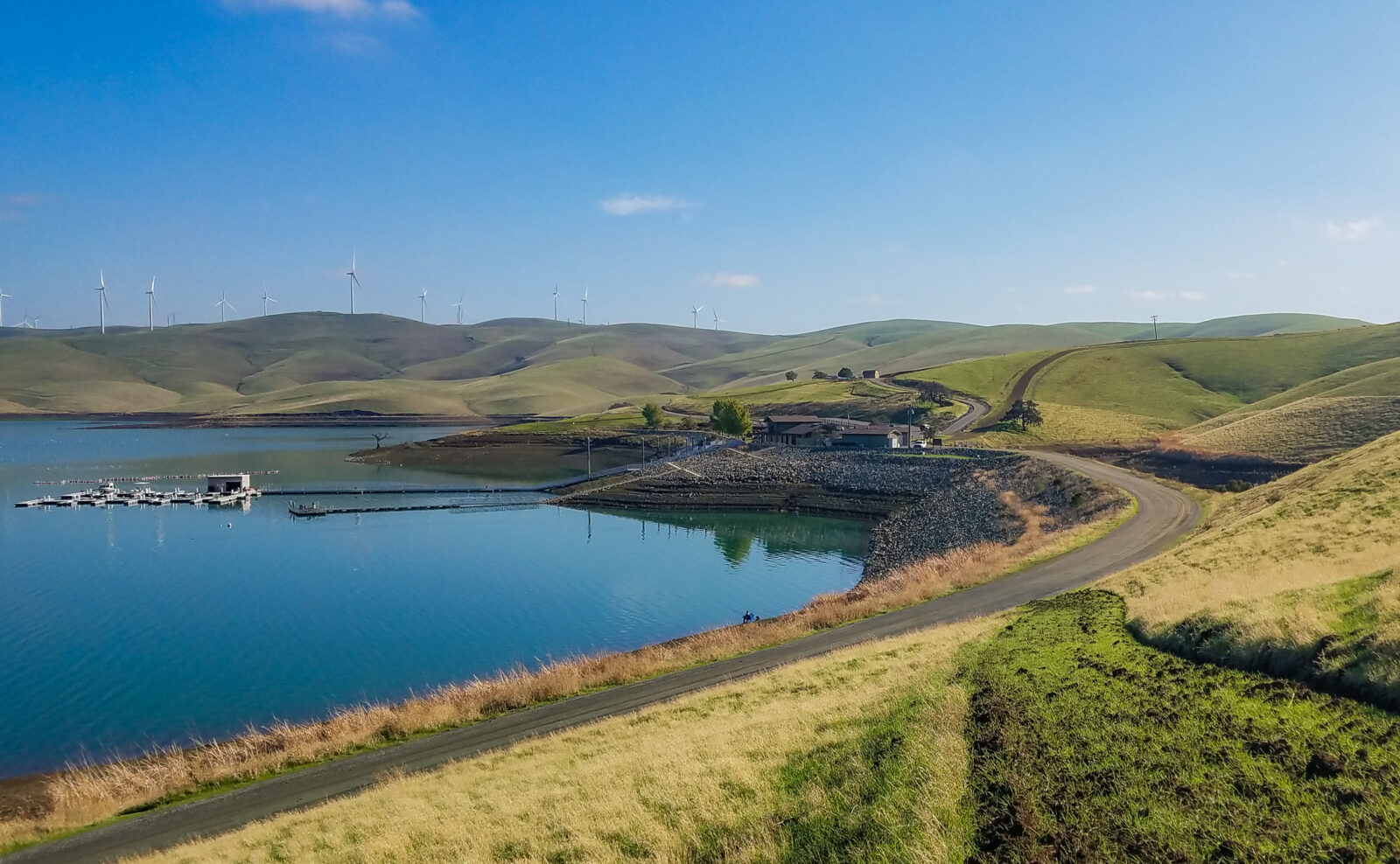
Los Vaqueros Reservoir in Contra Costa County is being raised to accommodate more water supply.
ESA is also part of the consulting team providing environmental planning and permitting services for the proposed Sites Reservoir Project—a 1.5 million-acre-foot reservoir off-stream of the Sacramento River—which has been a collaborative effort of 30 statewide participants to provide California the potential ability to bolster the state’s water supply capability while improving ecosystem conditions. As part of the consulting team, ESA has been providing strategic services, including supporting agency negotiations, and developing and analyzing operating criteria informed by applying a reach-scale functional flow framework to protect riverine ecological processes and the species that depend on them.
Operations
Often, existing dam operations can be optimized to increase benefits. Altering operations using more advanced tools, including Forecast Informed Reservoir Operations (FIRO), can increase resiliency for both drought and floods. A more natural flow regime can dramatically increase and expand the types of downstream benefits. Periodic high-flow or flood conditions can improve habitat, recharge groundwater, and substantially increase foodweb access for species.
With California’s increasingly variable hydrology, DWR has been developing the Flood-Managed Aquifer Recharge (Flood-MAR) concept since the early 2000s, which is a nature-based floodplain recharging approach that has the opportunity to increase California’s groundwater supply and revitalize floodplains.
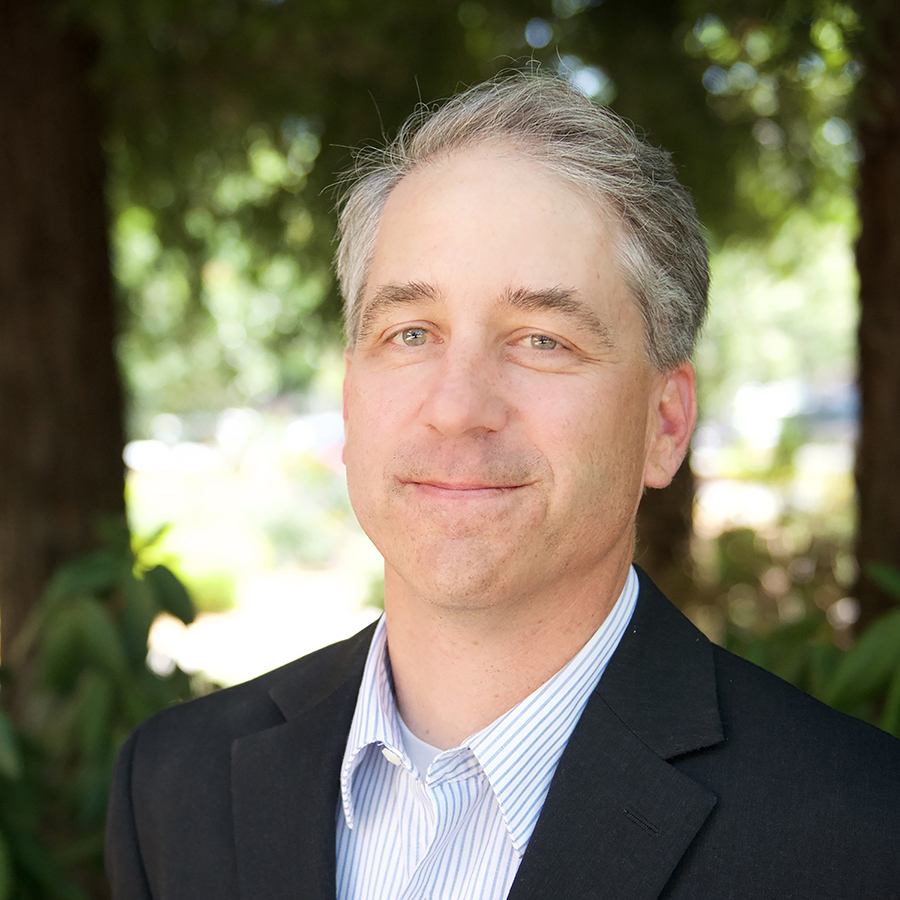
“Integrating land uses with more active flood plains to enhance fisheries and groundwater recharge can be the water sustainability holy grail,”
Jim O’Toole, Water and Energy Practice Lead
“Integrating land uses with more active flood plains to enhance fisheries and groundwater recharge can be the water sustainability holy grail,” says Jim O’Toole, ESA’s Water and Energy practice lead. “With increased variability and system pressures from climate change, a more integrated approach has tremendous upsides; Flood-MAR really increases the benefits to habitats, flood management, and groundwater storage.” DWR’s recent Merced River Flood-MAR Reconnaissance Study outlines the multiple benefits that can be realized from Flood-MAR.
Designing Dams for Dynamic Water Management
Dam projects offer a unique challenge of working with past, present, and future all in one project. The past is reflected in considerations that were made—or not made—when the dams originally went into place.
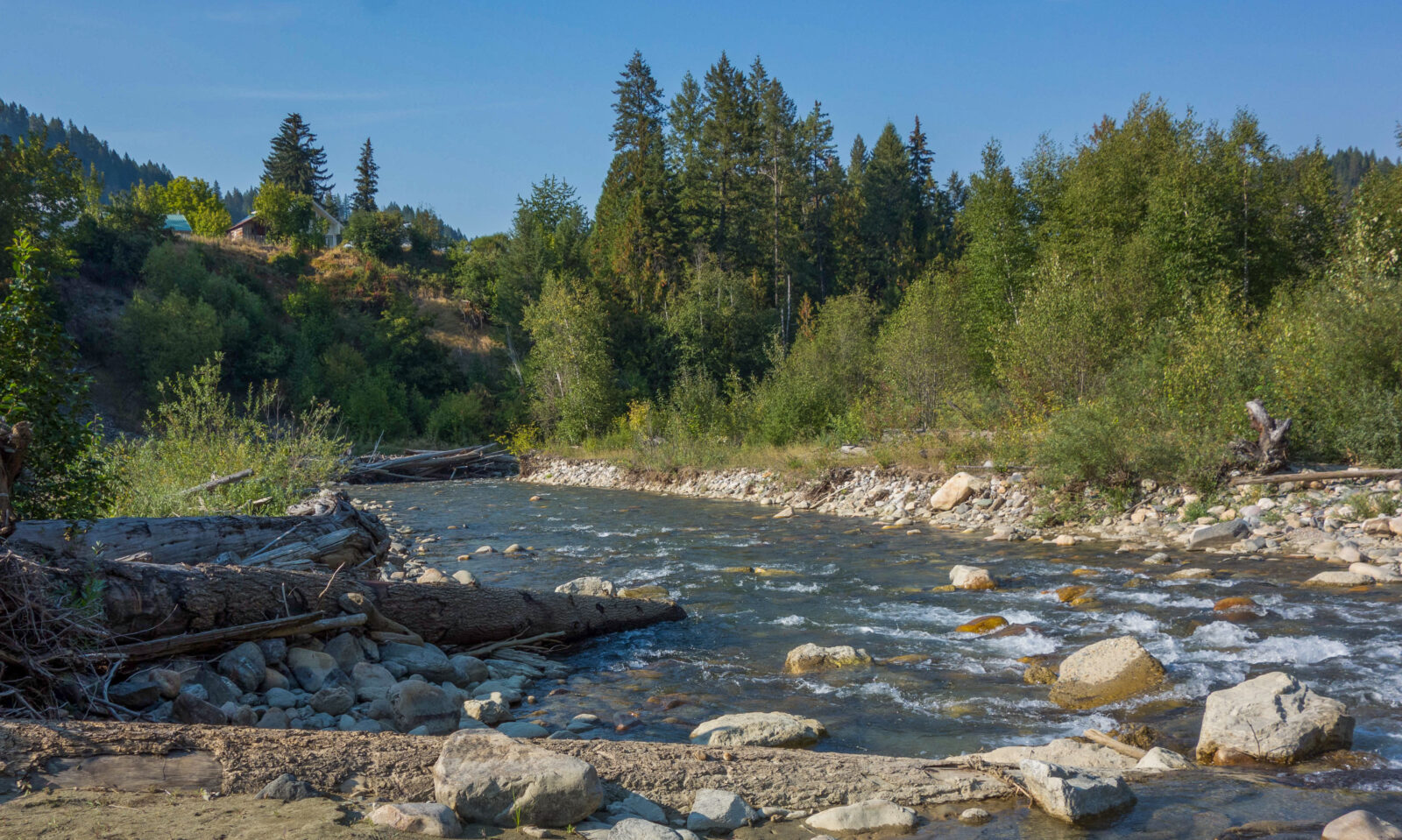
Water flows downstream near the former site of the Mill Pond Dam in Northeastern Washington.
“Our clients are adopting a forward-thinking approach towards a new era of dynamic water management,” says ESA president and CEO Leslie Moulton-Post. “Our water and restoration teams are committed to looking at dam systems more holistically so that they better serve and can flex to future changing needs that benefit our environment, people, and our communities.”
Working with our clients, we create balanced, dynamic dam solutions that take into consideration the specific issues and needs of each facility, its form and function, and its placement in the landscape. Reach out to Jim O’Toole or Eric Ginney if you want to learn more about ESA’s dam experience and consulting services.
